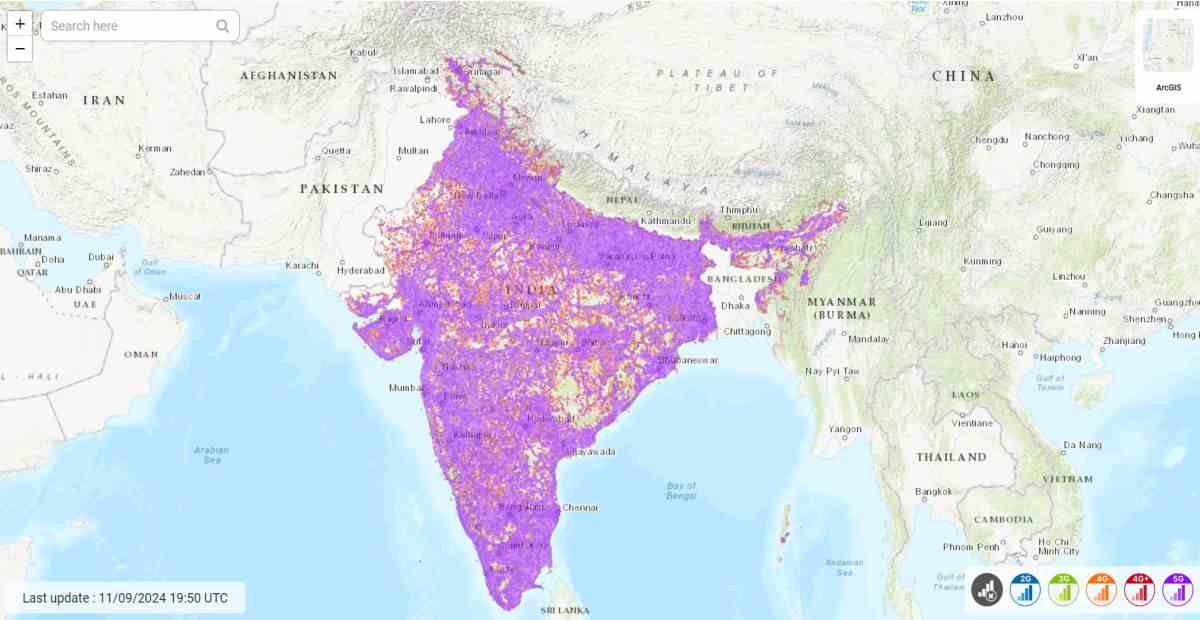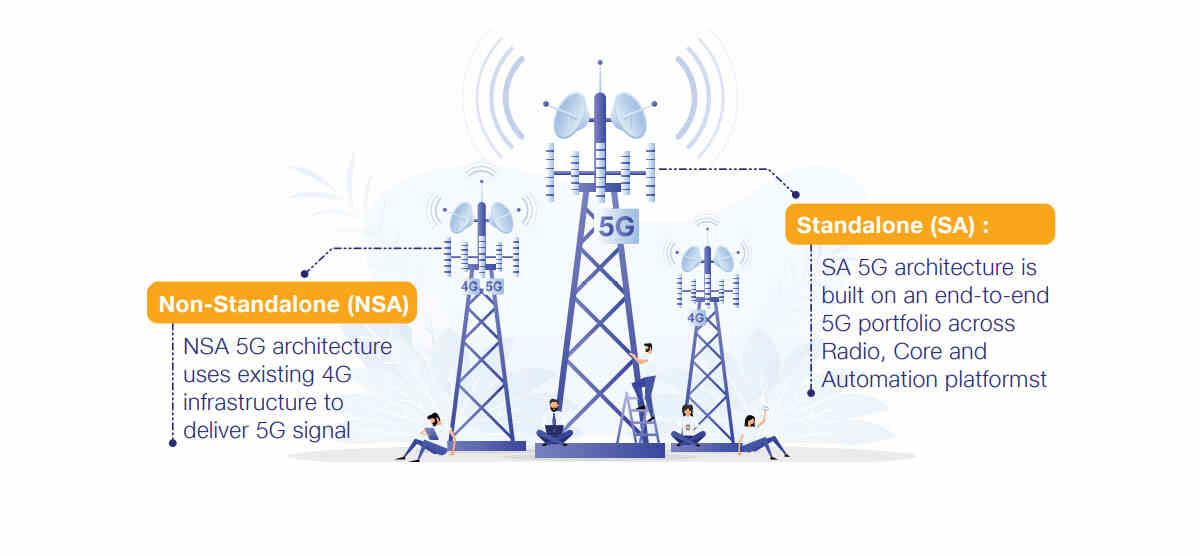November 10, 2024 – India’s 5G journey began in October 2022, when Reliance Jio launched the first 5G services during the India Mobile Congress (IMC) in New Delhi. Since then, the country has made remarkable progress in expanding its 5G network. By the end of 2023, major cities and towns had full 5G coverage. The goal for 2024 was to extend this coverage to semi-urban and rural areas, and it seems that this target is well on its way to being achieved.

Large-scale smartphone adoption is one of the key factors driving the rapid 5G adoption in India. 5G has enabled faster and more reliable internet access for over 950 million internet users in the country. On average, 5G users in India consume 3.6 times more mobile data compared to 4G users. This surge in data usage is expanding the growth of various industries, including manufacturing and logistics.
New applications and services have also been developed due to the wider adoption of 5G in India. For example, Airtel became the first company in India to conduct pre-commercial trials of 5G Reduced Capability (RedCap) technology, which offers cost-effective, energy-efficient solutions for IoT applications and wearables. Jio has been expanding its 5G network using Standalone(SA) architecture1. The 5G SA architecture guarantees a more simple & efficient network using a cloud-native 5G core. 5G Standalone(SA) architecture is the ideal deployment path in the long run. Reliance Jio has already deployed its 5G service in 7,700+ cities within the country.

Various industries in the country are experiencing the influence of 5G implementations. Jio is already leveraging 5G technology to provide better patient care and remote consultations in Healthcare. The agriculture sector is also benefiting from wider 5G adoption, with companies like JioKrishi using the technology to improve crop yield production and monitoring2.
The government’s Digital Public Infrastructure (DPI) initiative is also playing a crucial role in the 5G revolution. The government is also working on 6G technology, to further enhance connectivity and digital services in the future. Platforms like ONDC (Open Network for Digital Commerce) a public technology initiative launched by the Department for Promotion of Industry and Internal Trade, Government of India are also expected to bring the next digital revolution to the country.
There are still many challenges to overcome despite the rapid progress. Expanding the 5G network to rural and remote areas is one of the main challenges. Both telecom operators and the Government of India are working in conjunction to address this issue and ensure that everyone can benefit from the advantages of 5G.
Below are the some of major milestones achieved by India’s major telcos.
Airtel’s 5G Milestones
Airtel has achieved noticeable growth in the 5G arena. As of July 2024, Airtel successfully re-farmed its mid-band spectrum to accommodate the exponential growth in 5G traffic3. This specific move has allowed Airtel to expand its 5G services in the country, providing enhanced browsing speeds and improved indoor coverage. Airtel has also piloted the seamless switch between Standalone (SA) and Non-Standalone (NSA) modes in select circles, making it the first network in India to run on both modes. With over 50 million unique 5G customers, Airtel’s 5G rollout has been one of the fastest in the country, covering all 28 states and 8 union territories1.
Also read: Android TV 16 to arrive in 2026 based on Android 16
Jio’s 5G Milestones
Reliance Jio has also been a frontrunner in the 5G revolution in India. By October 2024, Jio had achieved a remarkable milestone by becoming the world leader in mobile data traffic for the third consecutive quarter4. Jio’s aggressive rollout of 5G services has resulted in over 148 million subscribers migrating to its 5G network, accounting for 34% of its wireless data traffic. Jio’s 5G coverage spans 2,300 cities and towns across the country, with a focus on providing ultra-high-speed broadband and reliable fixed-wireless services5. The company’s commitment to enhancing network infrastructure and expanding its user base has positioned Jio as a global leader in mobile data traffic.
While Reliance Jio is focused on its affordable 5G vision and nationwide coverage, Airtel is going forward on delivering dynamic spectrum and innovative enterprise solutions.
Lastly, 5G adoption in India till 2024 has been landmark progress. The country’s rapid adoption of the 5G technology is transforming connectivity and driving growth in various sectors. With continued investments and efforts, India is well on its way to becoming a global leader in 5G technology.
- Large-scale 5G SA deployment to drive digital transformation in India
- Enabling sustainability in agriculture with 5G
- Airtel re-farms its mid-band spectrum to meet the exponential growth in 5G traffic
